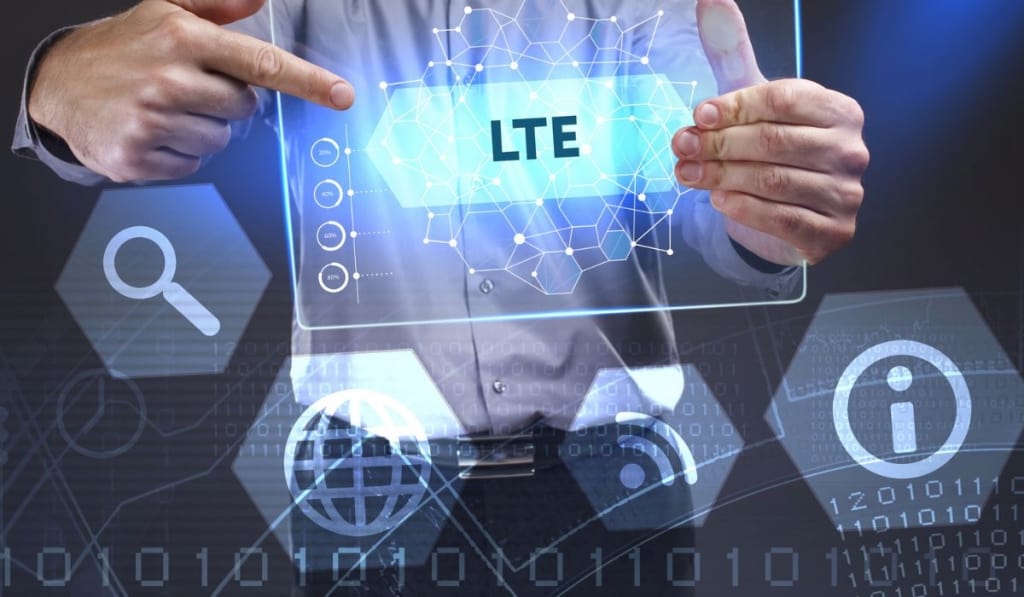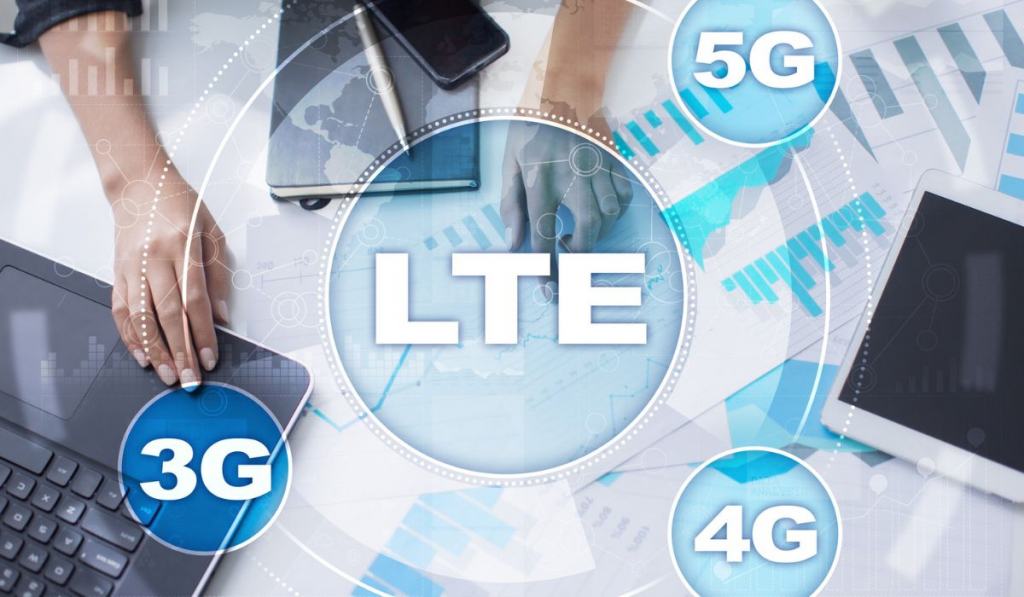Does LTE Use Up More Data Than 3G? Your Questions Answered
The need for better telecommunication system standards led to the development of Long Term Evolution or LTE, a kissing cousin of 4G, but not quite like it. Think of LTE as the fourth generation successor of 3G, which revamped the existing data speeds and performance besides driving down operating costs. So, does LTE use up more data than 3G?
LTE doesn’t use more data than 3G. It only allows users to enjoy faster data transfer speeds, encouraging them to consume more data. LTE contracts usually come with bigger data plans, and the more data a user can access at faster speeds, the more of it they’ll consume.
LTE is popularly marketed as 4G LTE, and it provides a better operating capacity than the standards it was primarily built on. Let’s take a look at LTE in more detail so you know exactly what distinguishes LTE from 3G and 4G.
Does LTE Use More Data Than 3G?

LTE doesn’t necessarily use more data than 3G, but people with access to an LTE connection will likely consume more mobile data because of its faster connection speeds.
But faster connection speeds may not be the only reason LTE users consume more data than their 3G counterparts. As it turns out, the bigger data plans that come with LTE contracts are the real culprits – they act as “comfort blankets,” encouraging users to consume huge chunks of data.
To put this in perspective, think of YouTube use amongst customers with a data plan exceeding 5GB. We can agree it’s almost always significantly higher than what you’d expect of a customer with a plan falling below this threshold. It doesn’t matter whether they’re using 3G or LTE.
Curiously, this is something you’d expect because if you allow someone to access more data at fast speeds, they’ll simply use more of it.
Does LTE Use More Data Than 4G?
LTE doesn’t use more data than 4G, and neither of the two network standards uses a larger or lesser volume of data than the other.
When it comes to data consumption, most people favor LTE because they think they’d expend larger quantities of data using 4G. However, nothing could be further from the truth.
Everything you do on the internet, be it watching a movie, playing a game, downloading an app, or streaming video on YouTube, has a fixed data footprint. A page may load and consume 5 MBs of data whether you’re on 3G, 4G, or LTE. The only difference you’ll notice is in the loading speed.
But because 4G is a lot faster than LTE, people with access to 4G networks are more prone to using more data than their LTE counterparts. They can access more functions, and it’s not uncommon that they browse through dozens of sites while downloading a 1 GB file in the background.
Such actions take more time on LTE, making users feel like they’ve consumed lower data volumes at the end of their billing cycle.
What Are the Differences Between LTE and 4G?

These are the 5 key differences between LTE and 4G:
Data Transfer Method
Data must be packaged and sent across an internet connection, regardless of the content you’re transferring or your network.
LTE uses a circuit switching network, a system where the connection happens directly from the sender to the receiver across the network. This reduces connection times, and there’s less chance of dropping the connection once established.
On the other hand, 4G uses packet switching, a newer data transfer system with an increased number of connection points globally. The data going through the network is broken down into teeny bits called packets.
The packets are sent to the required endpoint over any open pathway, reducing the amount of data loss as you can resend dropped packets.
Area of Coverage
While network coverage usually depends on your location, 4G has been rolled out in full force and is the go-to standard in most developed countries. Due to its massive popularity, 4G has gained an edge over LTE, slowly phasing it out. You might want to find a carrier with the best coverage if you’re to experience 4G LTE.
Data Transfer Speeds
The 4G network has better data transfer speeds than LTE. Genuine 4G networks operate with download speeds ranging from 100 MBps to 1 GBps.
These bitrates are crucial as they affect virtually everything we do on the internet. Remember, low speeds cause many breaks, time delays, and generally poor user experience.
Signal Strength
Signal strength means a transmitter’s power output as picked from a distance by a reference antenna. You can think of it as the quality of a network standard, and its measurement usually involves parameters like Reference Signal Received Power or RSRP for short.
LTE networks show excellent signal strength with peak data speeds at an RSRP value of around -80 dBm (decibel milliwatts). The limit of 4G networks is also -90 dBm, which shows a slight difference in data transfer speeds for the two networks.
Latency
Latency implies how long a data packet takes to move from one point to another, representing delays in data transfer across a network. The closer a network’s latency is to zero, the better it is.
LTE has a latency of about 10 milliseconds (ms) while 4G has a latency of 5 ms, making 4G more advanced than LTE in this respect.